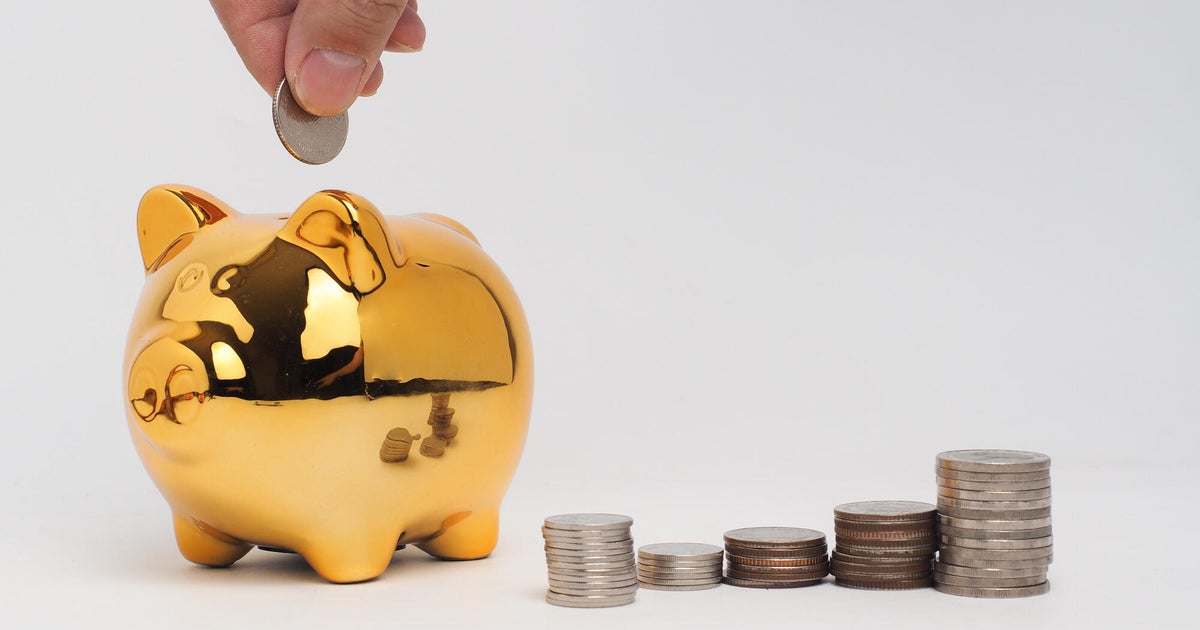There's no reason to run from the stock market
After years of relative calm and stable financial markets, volatility has come back with a vengeance.
Before Tuesday's rebound, over just a few days the Dow Jones industrials had plummeted 2,271 points, or 8.5 percent; the S&P 500 index fell 227 points, or 7.9 percent; and the tech-heavy Nasdaq fell 538 points, or 7.2 percent. Those losses had wiped out stocks' gains since the beginning of 2018.
The natural reaction for inexperienced investors is to panic. This fear leads to selling and reduced stock allocations, but that may prove to be a money-losing strategy over the long term.
As a professional investment adviser for more than 30 years, I've answered a lot of calls from concerned clients. Here's what I tell them.
First, am I concerned? No. In typical and predictable fashion, Wall Street keeps its blinders on. When it takes them off and sees new risks, it shoots first and asks questions later. The result is waves of selling. Once that passes, and the risks are better understood, buyers come back in.
A little history: On Oct. 19, 1987 (during my first year as an investment adviser), the Dow industrials experienced a fall of over 500 points -- more than 20 percent in one day. I'll never forget it, and I'll never forget the lessons I learned from it.
That's still the worst one-day percentage loss in stock market history. A 20 percent drop today would be almost 5,300 points on the Dow.
While days like Black Monday have occurred throughout history, they're rare and unpredictable. In fact, because Black Monday was a result of trading behavior and not market or economic fundamentals, the S&P 500 index still finished the year with a slight gain. During the most recent financial crisis in 2008 and 2009, stocks tumbled over 38 percent -- but fully recovered in less than five years.
The point is, volatility is unavoidable in investing. Its latest appearance, in my view, isn't another financial crisis.
Second, lots of market pundits say stock valuations are in a bubble and it's time for a correction. They're wrong about the bubble thing, but they could be right about a correction, which can come at any time. And if you say one is coming often enough, when it does come you'll look smart for having said it.
But don't mistake being lucky for being smart. Nobody has the skill to accurately call a market crash, a bottom or a peak, and no one has any business saying they can accurately tell you when to buy, when to sell or how to time the market.
As for the bubble thing, while stocks have had a significant gain in 2017, and by many measures they're fully valued, I don't think there's a bubble in stocks. Today's market doesn't even remotely compare to the most memorable stock market bubble in recent times: 1999's dot-com craze. At that time, the forward price-earnings ratios for stocks stood at nearly 34 for the S&P 500 index. Today, that measure is about 17.5. That's a long way from bubble territory.
Also, back in 2000, bonds were a real alternative to stocks. The rate on the 10-year Treasury bond was about 6.66 percent versus a dividend yield on stocks of only 1.17 percent. Today, the 10-year bond is about 2.75 percent, not much more than the income an investor could receive from owning an S&P 500 index fund, which sports a dividend yield of about 2 percent. Plus, the S&P 500 has upside potential over the next 10 years.
Still not convinced? After the crashes in 1987 and 2000, the Federal Reserve began to cut interest rates, which gave further gains to bonds. They provided a double-digit return for several years. With interest rates still so low today, and the Fed on a path to increase them (which puts downward pressure on bond values), the best you can expect to earn on bonds is the current interest rate. And while you're collecting that, the principal value of your bond can fall.
Do you think a 10-year bond that never pays more than 2.8 percent is a better investment over 10 years than investing in an S&P 500 index fund and holding it? I don't think so. Buy those bond now, and I'll buy stocks, then let's check back in in 2028 to see who has more money.
While many neophytes may be panicking, seasoned investors and investment advisers aren't. They know markets have cycles, and their record for coming out of downturns is 100 percent.
A significant portion of market gains has tended to occur during short periods of time. And many of the best periods to invest in stocks have been when current conditions were the most unnerving. Investors who try to time the markets generally lose, and plenty of data proves it.
Finally, make it a point to invest regularly, every month or quarter. That can help you benefit during times of volatility because when you regularly invest a set amount, you'll buy at varying price levels, and your purchase prices may average out to be lower than if you invested all at once.
More important, you avoid the temptation of trying to time the markets.
Here's one more trick: During times when stocks decline by 5 percent or more, increase the amounts you're regularly investing, and after similar market increases, scale back those amounts.
And remember, panic is not your friend.







